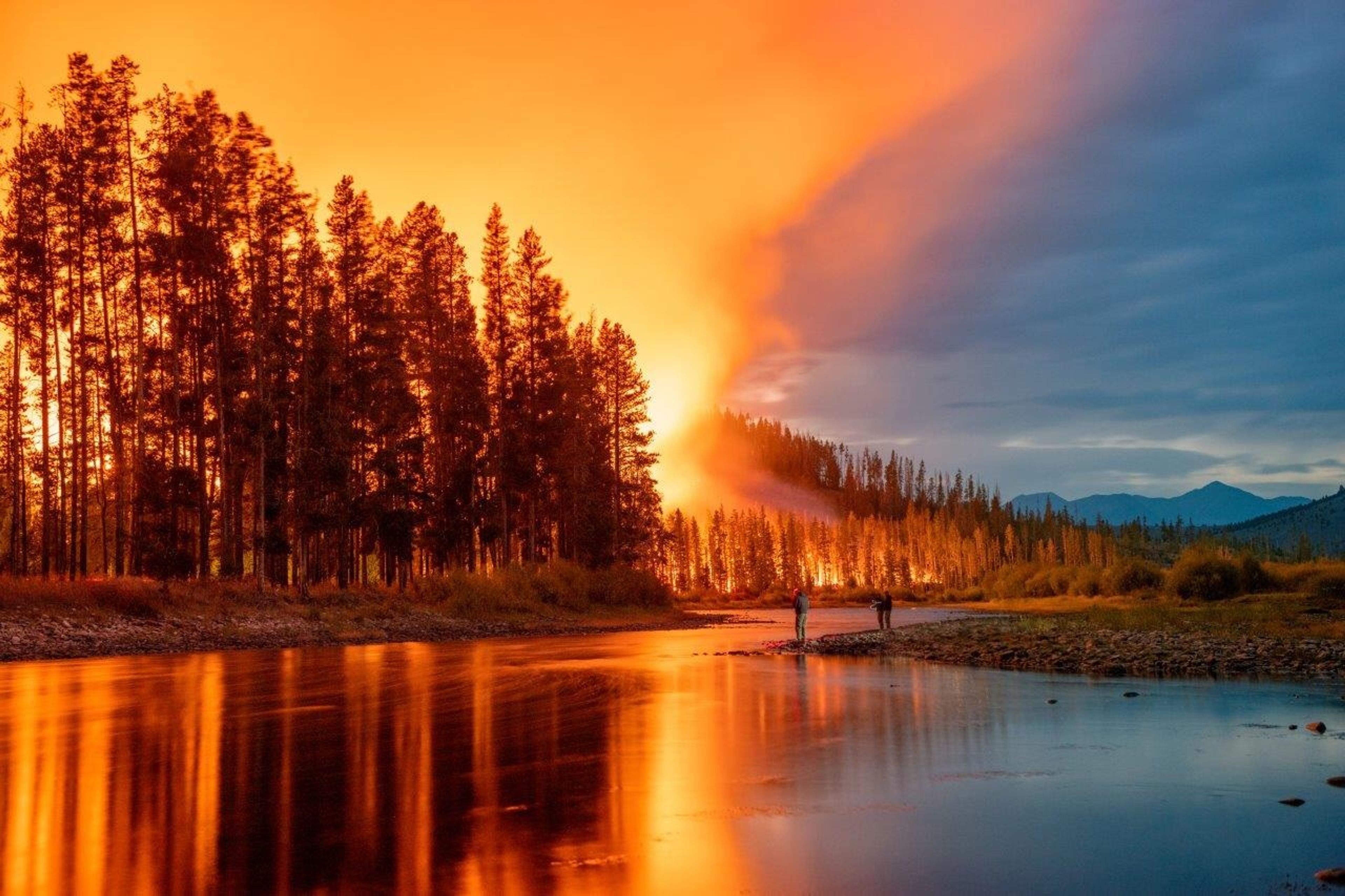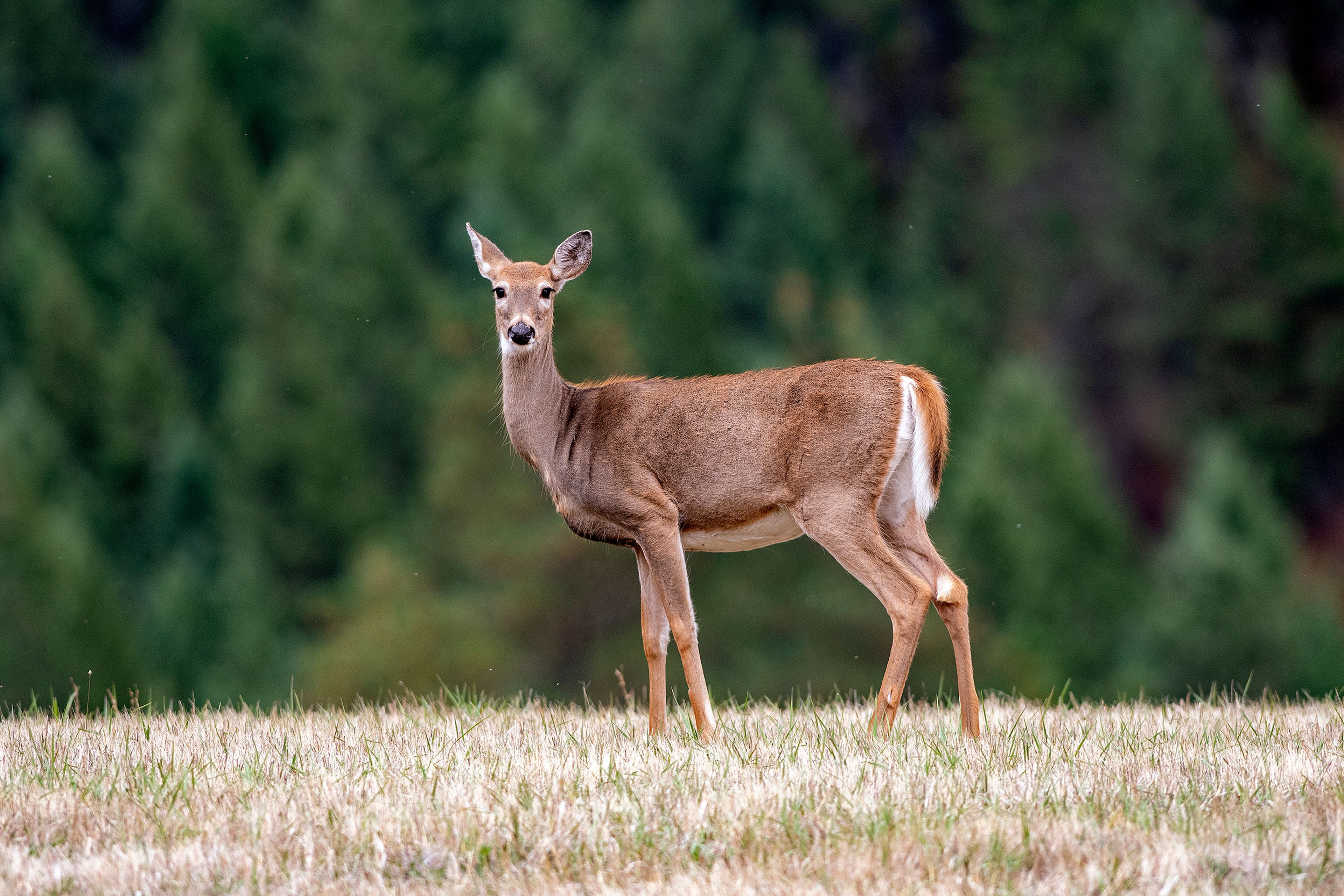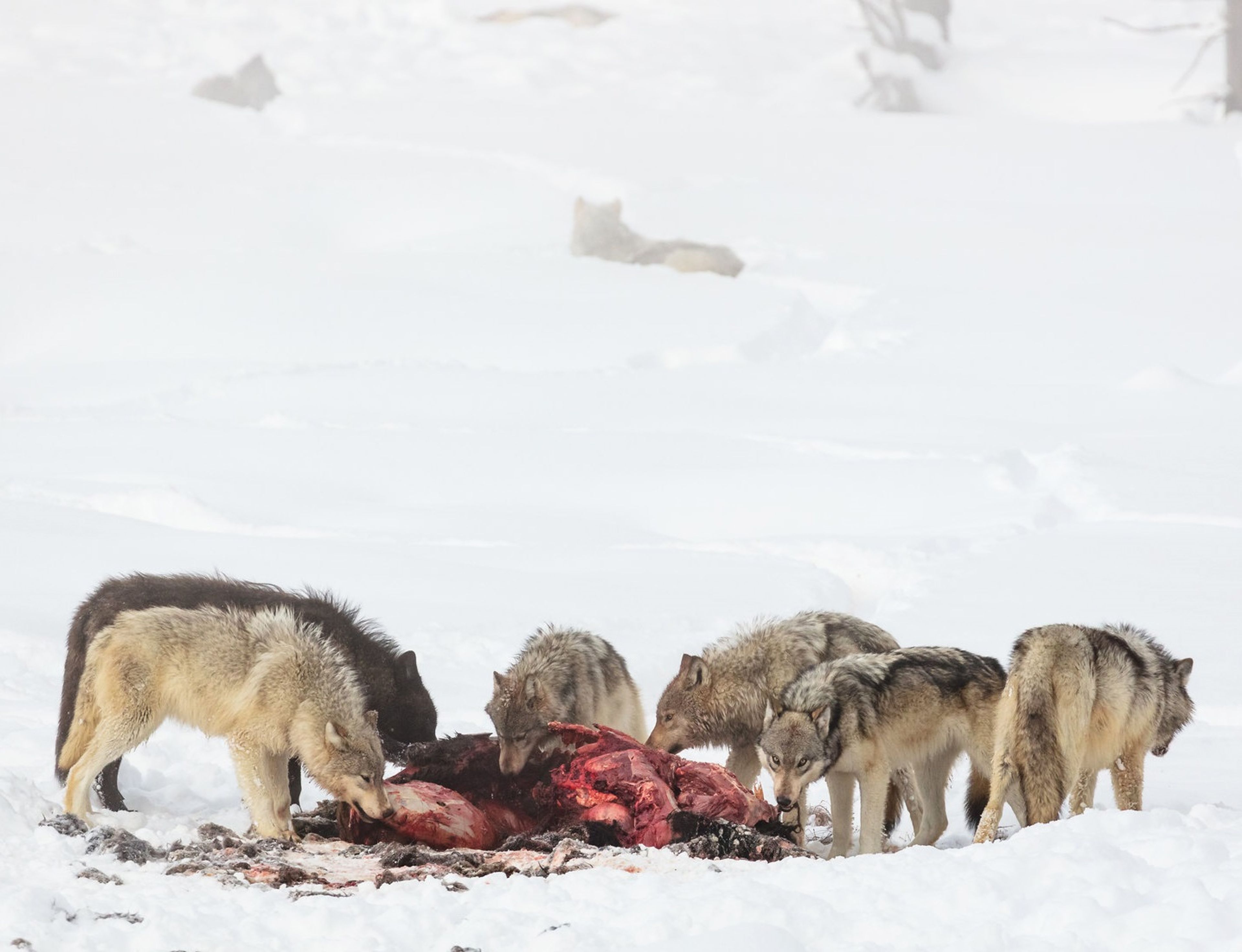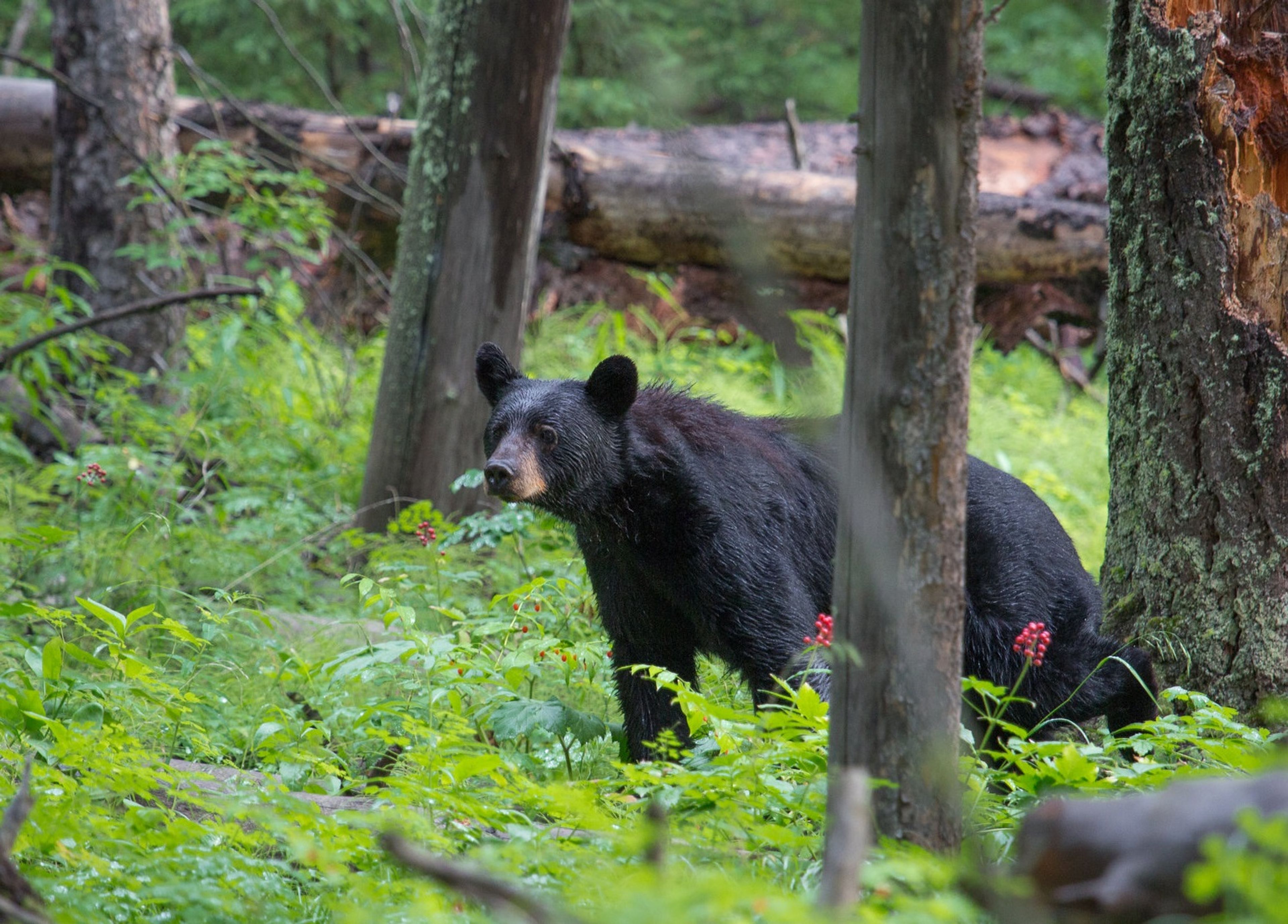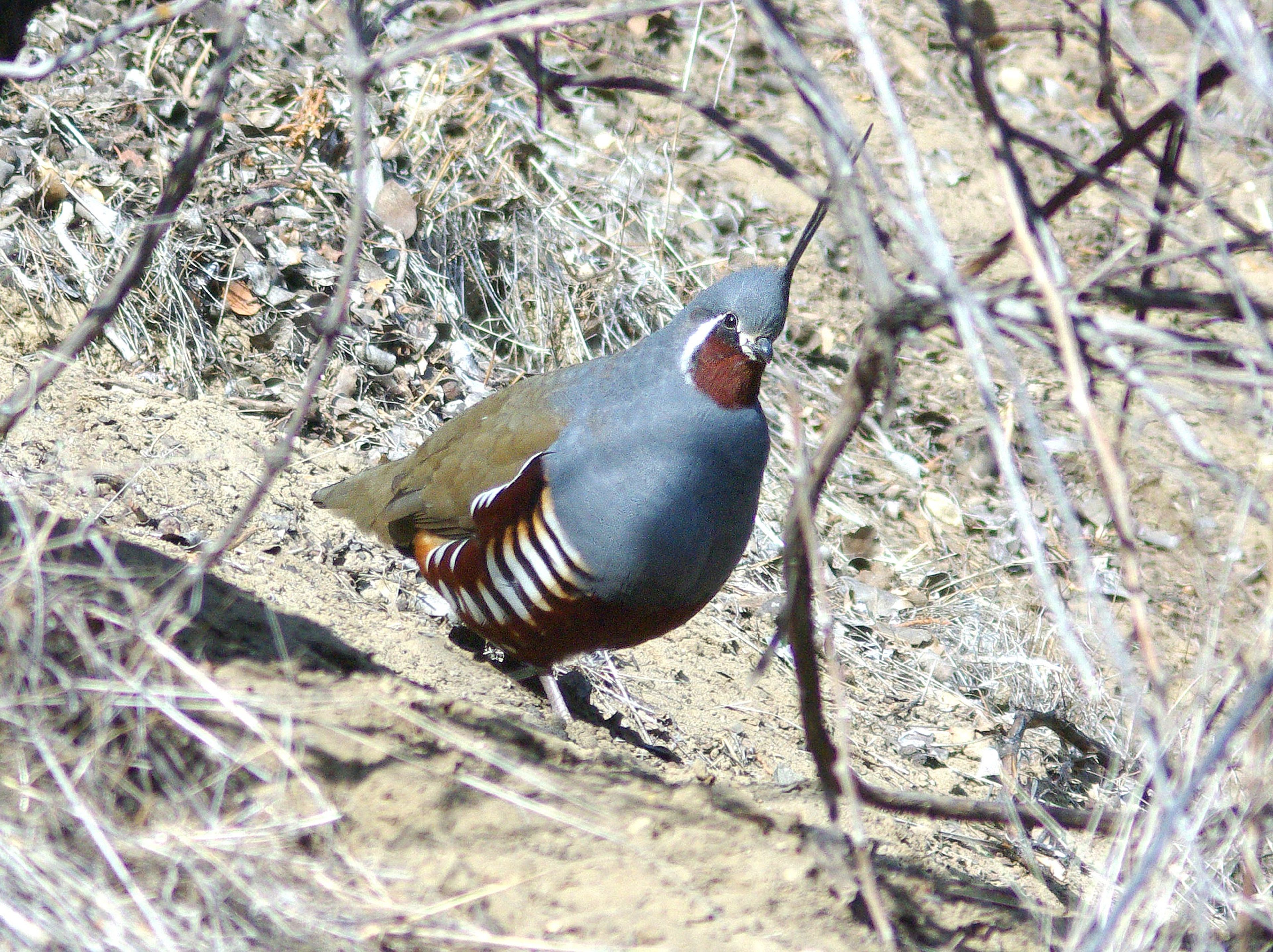‘A glimpse in to the front line’
Firefighter Kyle Miller captures stunning wildfire scenes with his camera
There’s beauty in the beastly fires of Kyle Miller’s photographs.
A smoldering snag spits out sparks as stars blur across the sky in a nearly hourlong, nighttime exposure, eerily demonstrating how many embers a slow-burning tree emits over time.
“To the eye, you could barely even tell that the tree was on fire,” Miller said.
In another photo, the sky and Big Hole River are brightened by an orange glow as firefighters watch from across the stream. In the background, the Pintler Mountains seem encased in a cool, bluish-gray world entirely separate from the intense heat of the wildfire.
“There’s just something primal ingrained in us” when it comes to humans being fascinated by fires, Miller said. “As long as it’s not burning down houses, one of the things I feel like we have to remember is that fire is a natural part of the landscape. And for forests to be healthy, every forest has a fire regime.”
Cody exhibit
Miller’s large 20-by-30-inch metal prints, set in burned wooden frames he constructed and torched in his garage, are on display at the Buffalo Bill Center of the West’s John Bunker Sands Photography Gallery in Cody, Wyo.
The photos were taken by the 38-year-old captain of the Wyoming Interagency Hotshot Crew over the past 15 years. A native of Hot Springs, Mont., he grew up on a ranch and started working for the Forest Service as a seasonal employee. While attending Montana Technological University in Butte, he hired on between semesters as a firefighter.
With the possibility of spending his work career in an office crunching numbers if he finished his schooling, Miller decided instead to transition into firefighting as a profession. His first assignment was to Alaska. He packed a disposable film camera along and quickly realized he needed something better to capture the blazingly beautiful images he was seeing. Over the years he continually upgraded his gear to eventually produce the gallery-quality prints now on display.
In addition to attending the “College of YouTube” to learn more about photography, he also experimented to understand what the camera was seeing and to recognize what makes an attractive photo.
“Because with my job, I can’t just have it out,” he said.
As a result, his photographs were made when his 20-to-24-person crew was standing back from a fire, unable to work, or on the way to or from a fireline.
Instagram fan
The idea of showing Miller’s photos was sparked by Rebekah Childers, registrar at the Buffalo Bill Center of the West.
“I discovered Kyle through social media,” she wrote in an email. “I follow him on Instagram, and as I was scrolling through my feed one day it struck me that his images would make an interesting photography exhibit.”
The exhibit is fittingly titled, “Fire on the Mountain: Photographs of Wildland Firefighting by Kyle Miller.” The Center introduced the exhibit saying it “invites visitors to understand the complexities of wildland fires and the brave people who combat them.”
Childers praised the collection.
“Visually, Kyle’s photos are stunning and eye-catching, which is what initially drew me to his work,” she said. “But they also depict a subject that is timely and relevant to the contemporary West. We all hear about fires, and those of us who live in the West are used to smoky summer skies, but we rarely get a glimpse into the front line of wildland firefighting. The combination is very compelling.”
The exhibit has been a year in the making, but this year’s dramatic fire season in Wyoming — including the large Remington, Elk and Pack Trail fires — has illustrated the importance of the subject, Childers said.
“This exhibit allows us to showcase a local photographer, bring attention and awareness to wildland firefighters, and educate visitors on fire ecology — both the role fire plays in the Greater Yellowstone Ecosystem and the impact of a changing climate on wildfires,” she said.
What’s a hotshot?
When it comes to fighting wildland fires, hotshot crews are some of the most experienced people on the fireline.
“We work together all year, that’s really where a lot of our success comes from is that we’re a unit, that we all function together,” Miller explained. “There’s a level of team cohesiveness that allows us to function very effectively in those highly dynamic situations.”
Because of their expertise, hotshot crews are usually called to the largest fires where they specialize in containing blazes by working on the ground, cutting fireline, trimming trees and lighting controlled burns.
When Miller first started in 2004, a 100,000-acre fire was big. Now, he’s fought fires that were “just shy” of a million acres.
As a national resource, hotshot crews may be dispatched anywhere. Miller has worked in all of the western states, as well as in the South, Minnesota and even Australia. His season starts in May and runs through October, with fire assignments running two weeks, not counting travel time.
It’s a vagabond lifestyle during the summer months with long and stressful absences from home and family. On the road, the crews are working, eating and often camping out together for days or weeks at a time. By August, they are all dirty and exhausted. September is referred to “Snaptember” as tempers easily flare when the grind of firefighting takes its toll.
Yet people like Miller love their gritty, exhausting jobs.
“You’re not static. You’re not doing the same stuff all the time,” he said.
And his job has taken him to mountain tops he never would have climbed on his own.
The takeaway
Miller said he hopes the photo exhibit in Cody helps educate viewers.
“Once you get out of the western states, most people have no idea what wildfire is,” he said, let alone that fighting fires is a career option.
“What I’m really hoping for is that people come away from it with a little bit of a better understanding of what is actually going on out on a fireline,” Miller said.
With photographer access to firelines often limited, he said many of the shots people see are of engines, helicopters or retardant planes.
“They all play a role, but a large part of how you actually contain wildfires is the people on the ground,” he said. “I just want people to be able to actually see a little different side of wildfire than what they’re used to seeing.”
